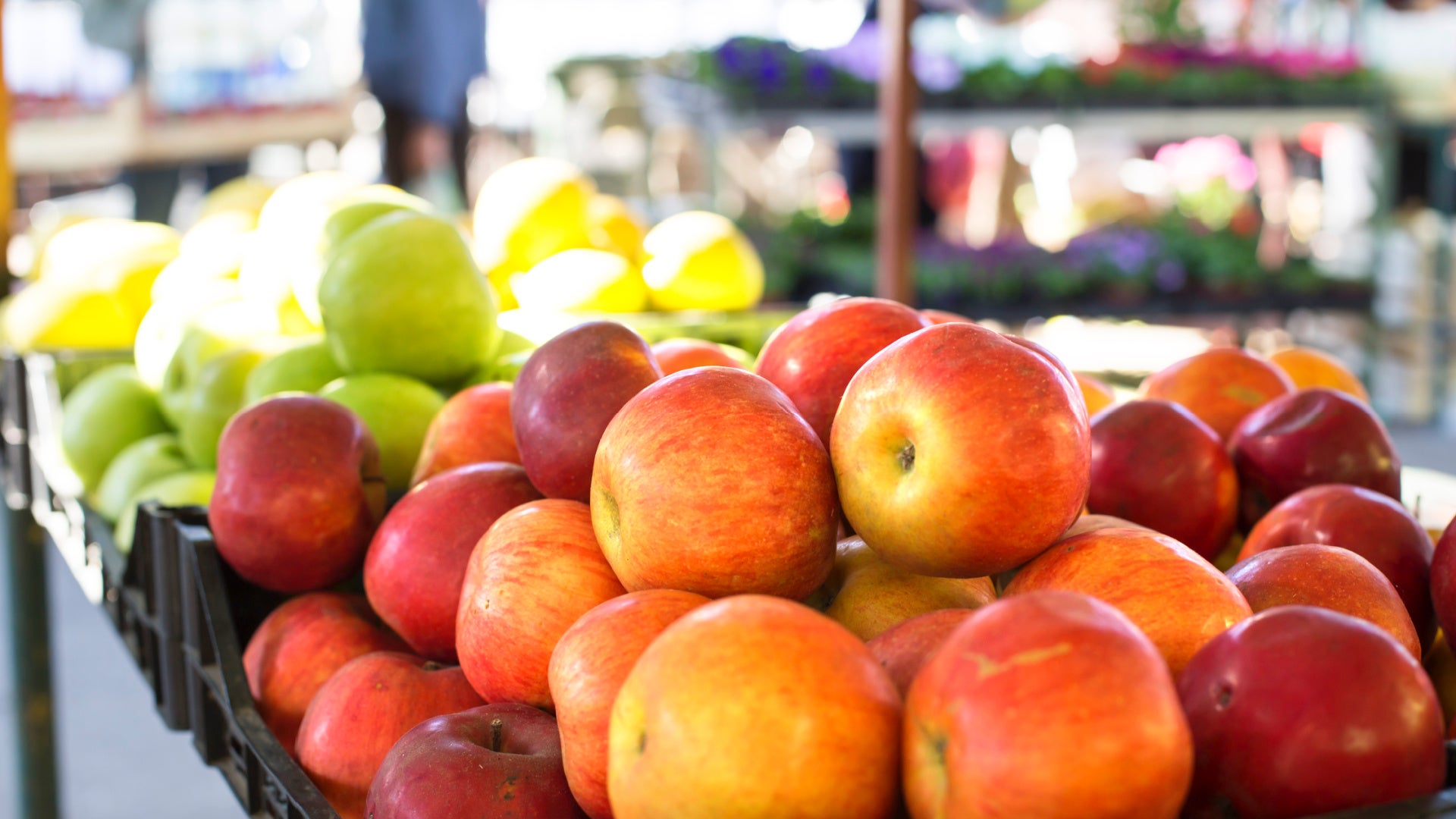Green Purchasing Laws Could Pressure Governments to Reduce the Carbon Footprint of Food

(Photo: Dobok / iStock / Getty Images)
State and local governments spend millions of dollars on food each year. That includes food for government offices, public universities, prisons, and hospitals. Some activists want to shift that spending into more plant-based and climate-friendly food purchasing by instituting what are known as green purchasing acts.
“Governments have a lot of purchasing power, so they effectively prop up the harmful effects of the animal agriculture system, in part by using taxpayer dollars to purchase animal products like meat, dairy, and eggs,” says Alex Cerussi, state policy manager at Mercy for Animals. “Climate-friendly food purchasing really means a shift towards more plant-based foods.”
Some jurisdictions have already committed to green purchasing and are beginning to put their commitments into motion. Washington D.C.’s green purchasing act, the first of its kind in the U.S., went into effect in July. Last year, New York City joined the Cool Food Pledge, committing to reduce the greenhouse gas emissions for the food it serves by 25 percent by 2030, though that effort is not bound by law.
Mercy for Animals is now among those lobbying for climate-friendly food purchasing legislation in the states of New York and Connecticut.
Typically, these laws will first task the jurisdiction’s environmental department with establishing a methodology to track the emissions associated with existing food purchases, Cerussi explains. “Then it tasks that agency to establish a baseline assessment of that city or state’s overall related greenhouse gas emissions and come up with best practices that agencies can take to reduce the greenhouse gas emissions associated with food they purchase.”
The most commonly-established goal so far has been a reduction of emissions by 25 percent by 2030.
While the D.C. law does not make explicit that climate-friendlier food purchasing must also be animal-product free, the bills in New York and Connecticut could establish that as part of the policy – something Cerussi’s organization would like to see.
“Industrial animal agriculture is contributing significantly to climate change,” she says. “We really can’t wait much longer to address greenhouse gas emissions and other environmental issues stemming from industrial animal agriculture.”
RELATED: Calls for a Boycott of Amy’s Kitchen Grow Amid Allegations of Workplace Safety Issues
Get more of what you love from VT. Follow us on Instagram, Facebook, and Twitter, and sign up for our email newsletters.